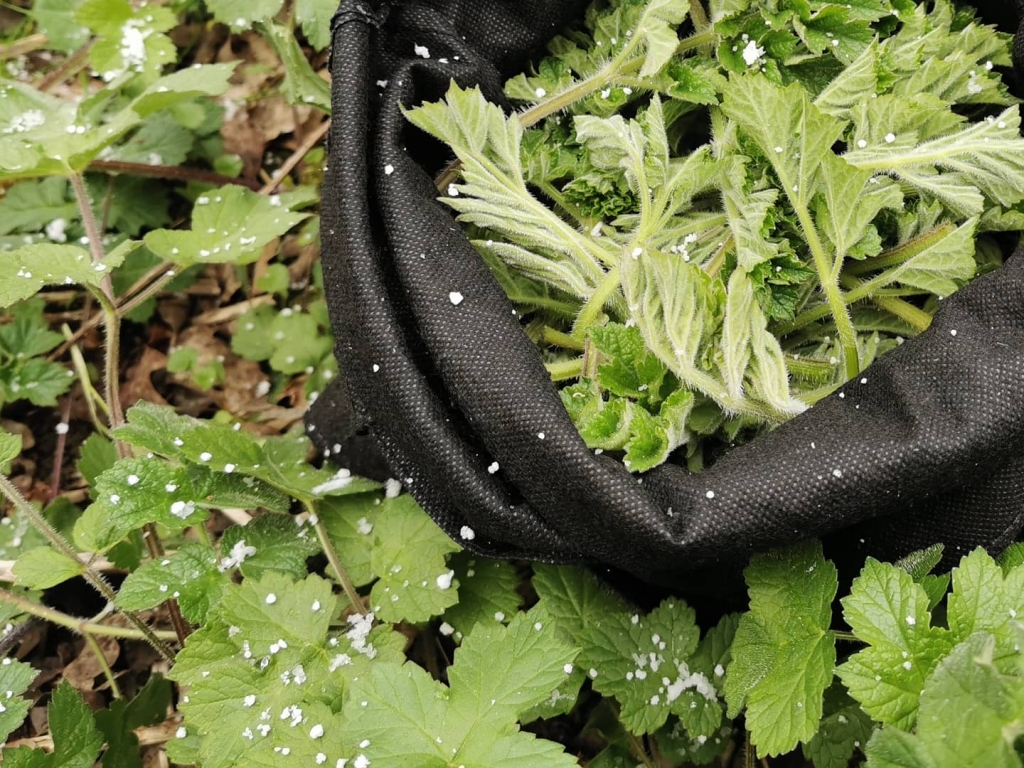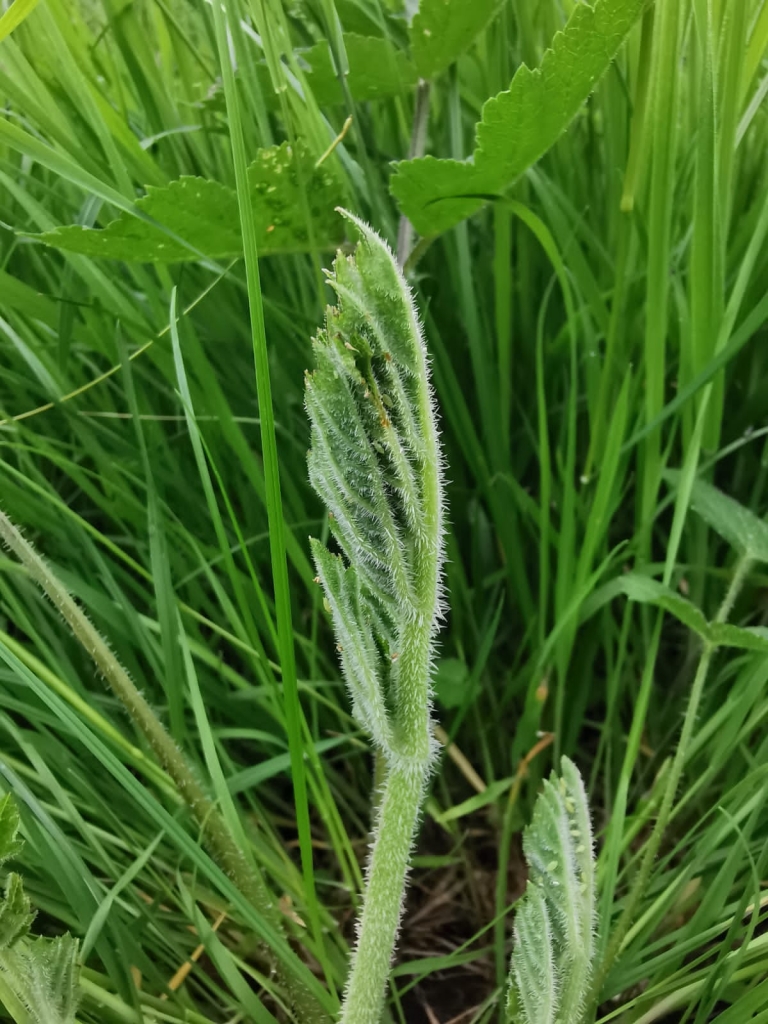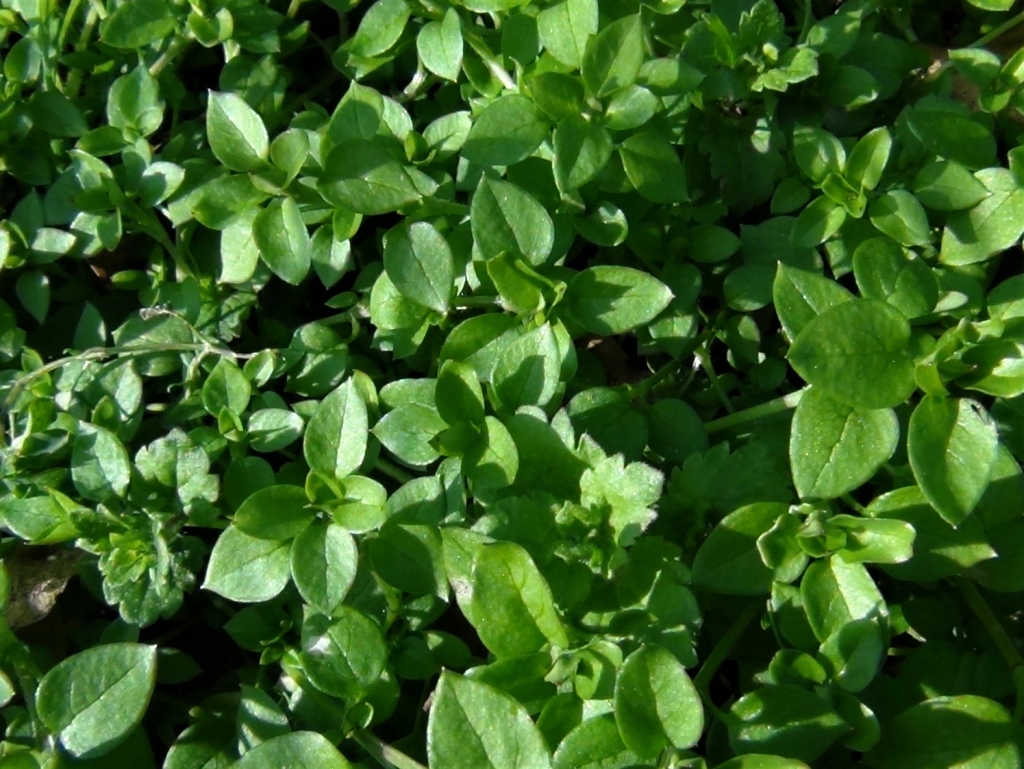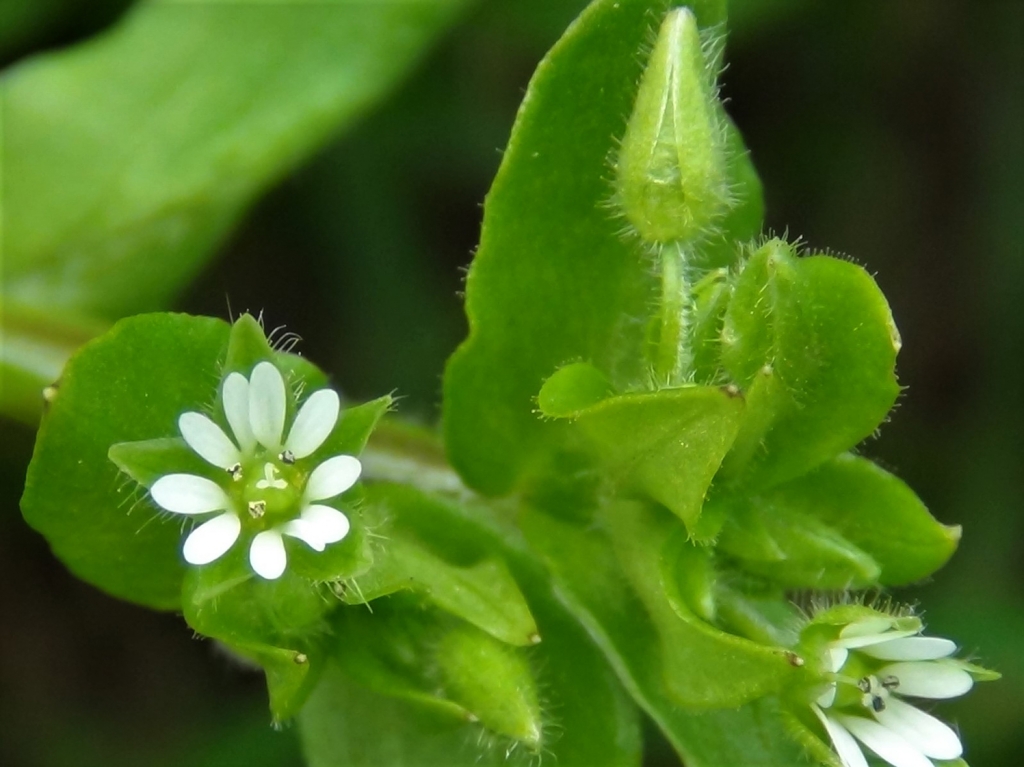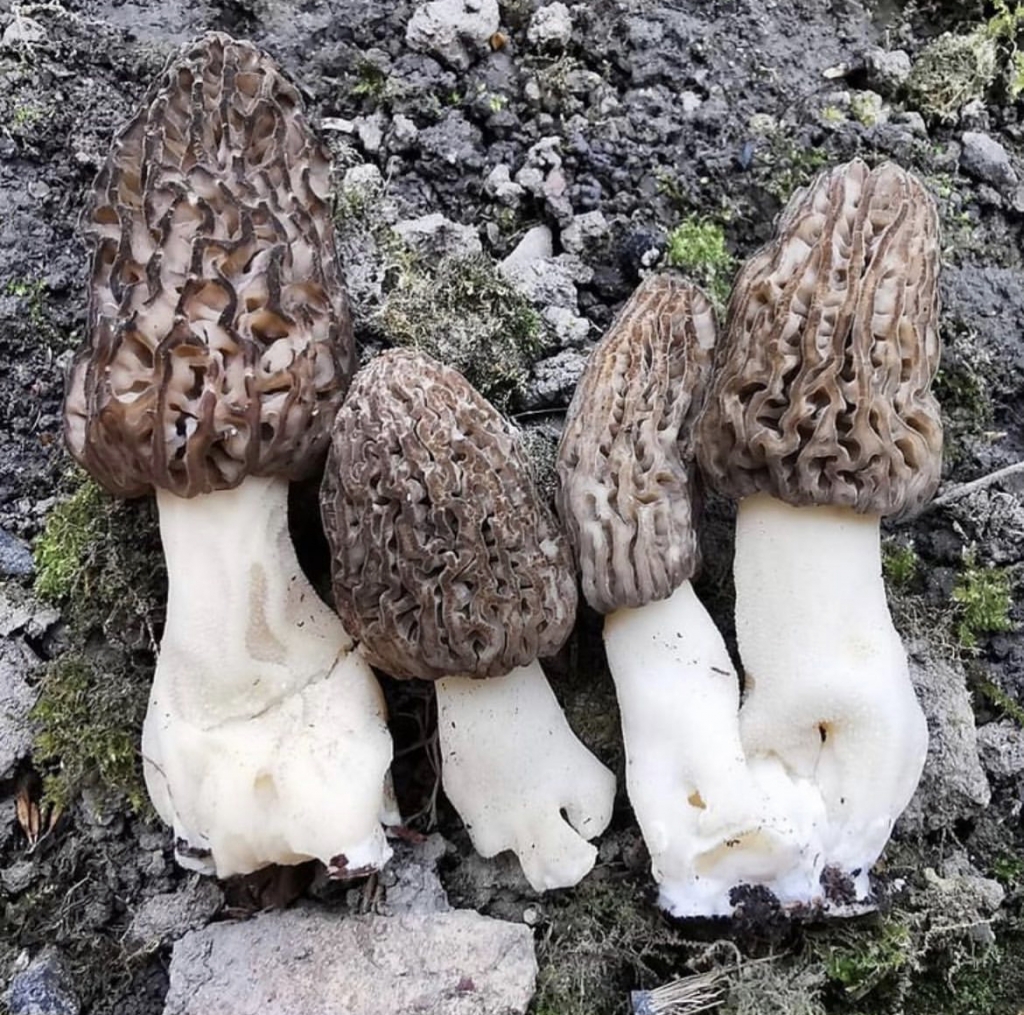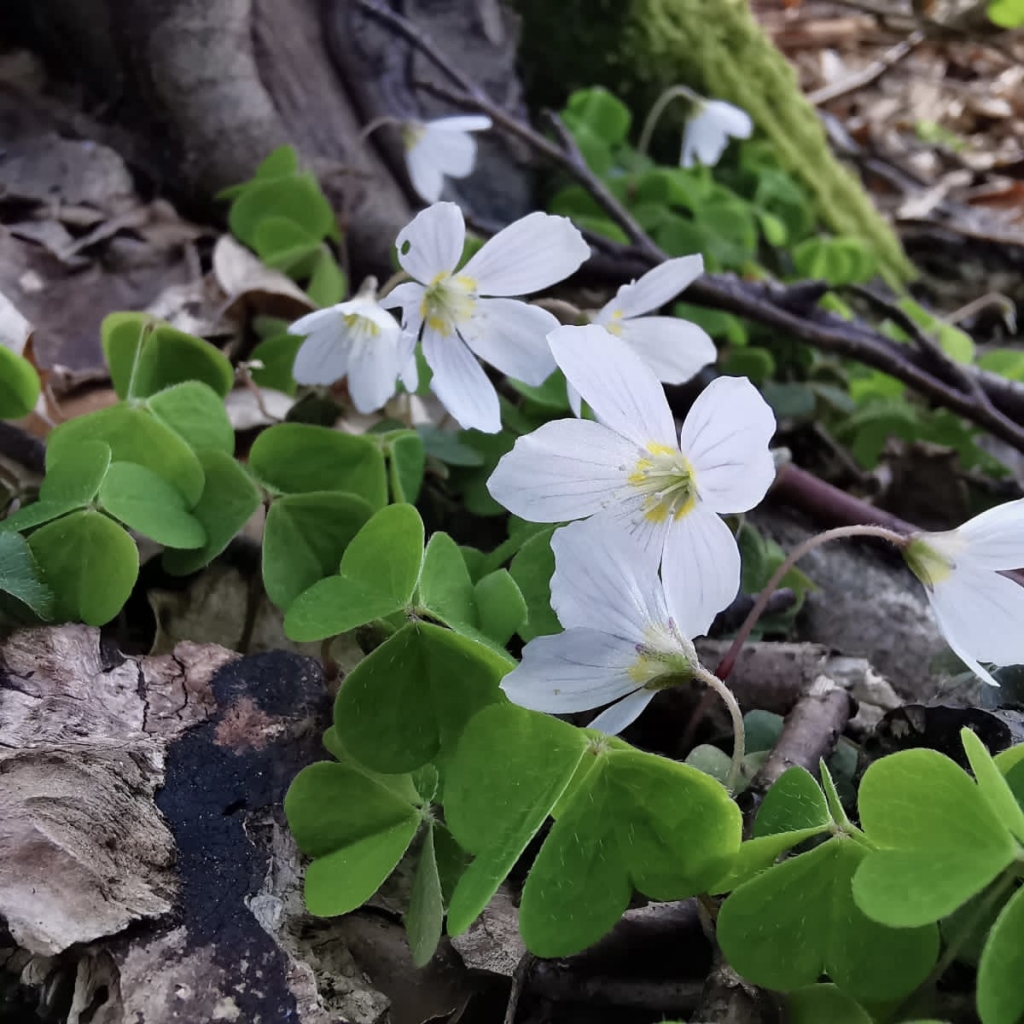Foraging in April 2021
Posted on 27th April 2021
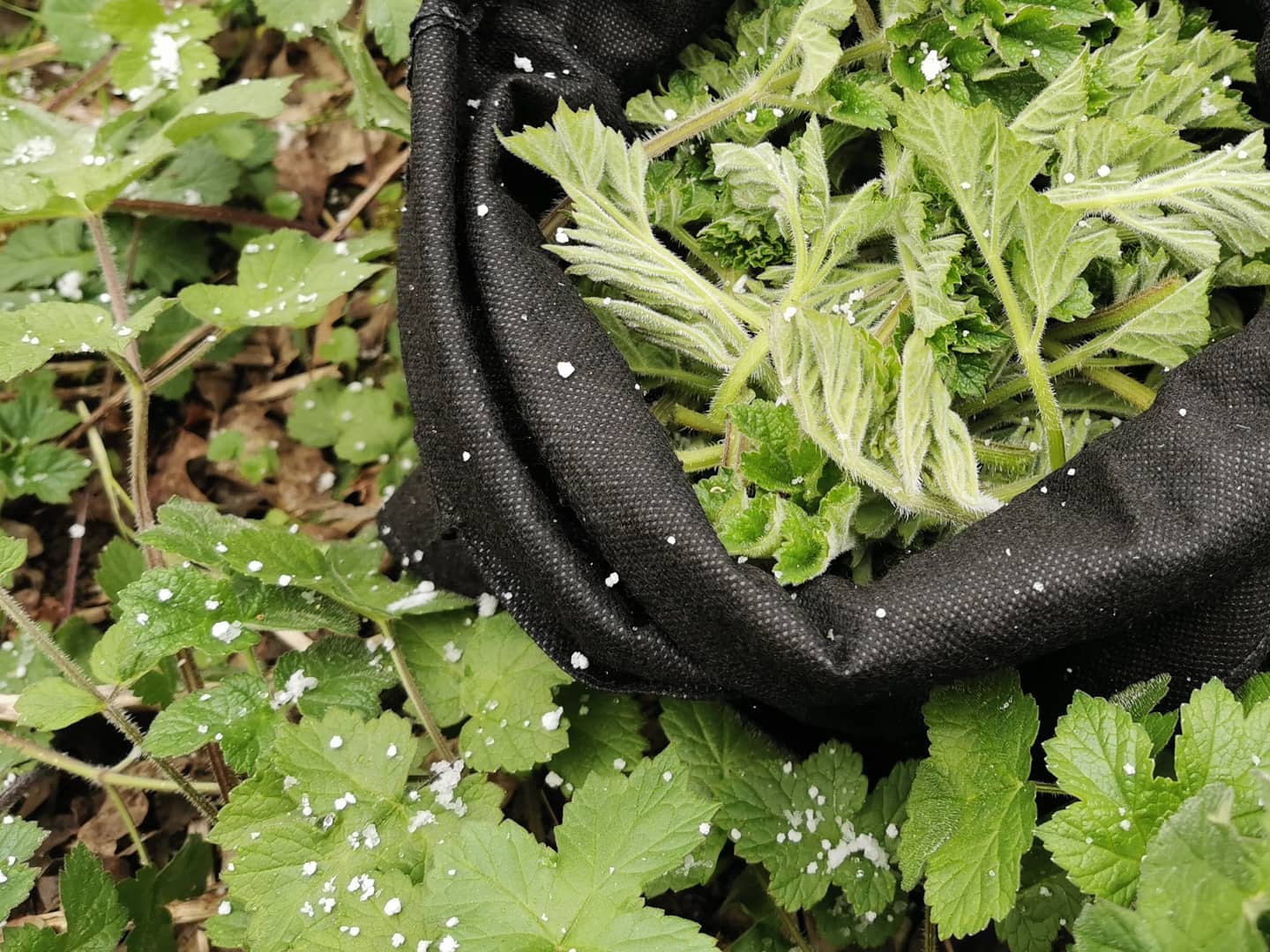
A P R I L
Foraging in April: Here are a few edibles that we’ve found this month.
Here’s a few snippets of what we’ve been spotting at the moment. We’ve included a few plants and a mushroom that we’ve found whilst out and about this month.
Spring is truly upon us and we are seeing a whole host of plants popping up, lots of leafy greens and fresh shoots, perfect for salad season.
Why not have a go at spotting them yourselves.
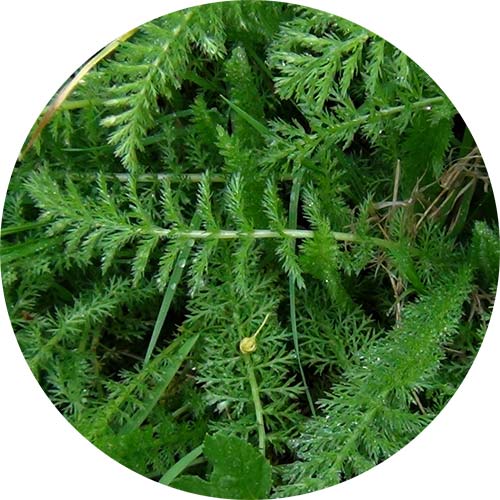
Scientific name: Achillea millefolium
This plant is often referred to by its common names as; Wound Wort, Milfoil, Staunchweed or Nosebleed and can be foraged most commonly from March through to November.
A very common and easy to identify plant. Yarrows have feathery leaves and can be spotted in most grassland. You will be able to see the flowers on these plants as they start to appear from June-October.
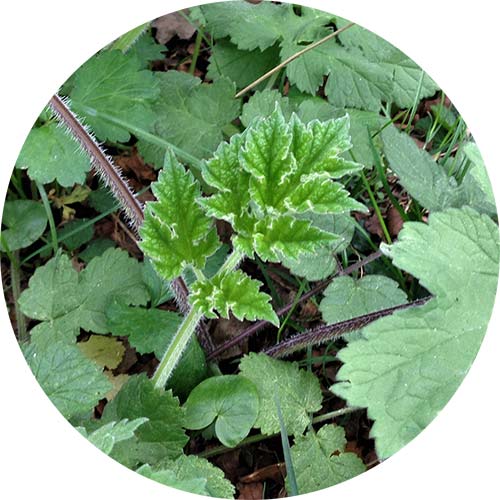
Scientific name: Heracleum sphondylium
One of our favourite spring finds however, please exercise caution while identifying this plant, with a possible confusion being Giant Hogweed (Serious Irritant)
*Please do not pick unless 100% sure you know you have the correct plant*
The edible parts on this plant are the young shoots and leaves and the unopened flower heads and seeds. These plants can be found in almost every field and hedgerow in the country.
Common Hogweed:
Don’t be scared when identifying, be informed.
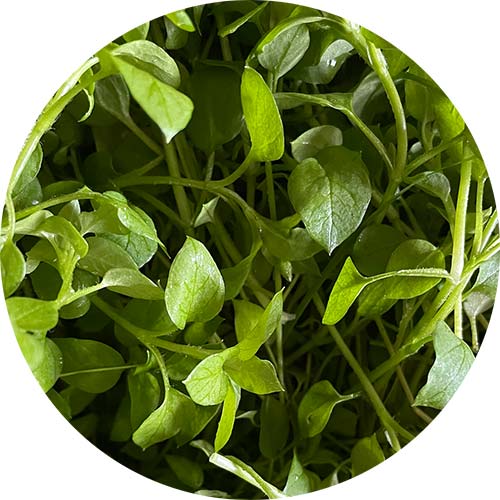
Scientific name: Stellaria media
This plant is often referred to by its common names as; Starweed, Craches, Chickenwort, Maurens and Winterweed
This is a very common and easy to identify for a novice forager. Common chickweed is widespread and can be found throughout the year. It’s great for use in salads and has a flavour similar to that of lettuce.
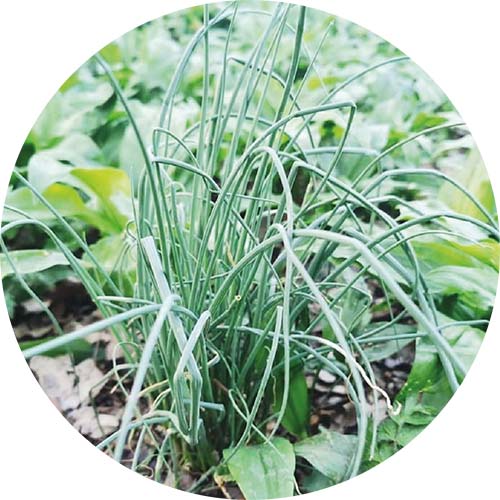
Scientific name: Allium vineale
Crow garlic can be foraged for most commonly from November through to August. This plant is a native to the onion family and it looks like and is utilised in a similar way to chives
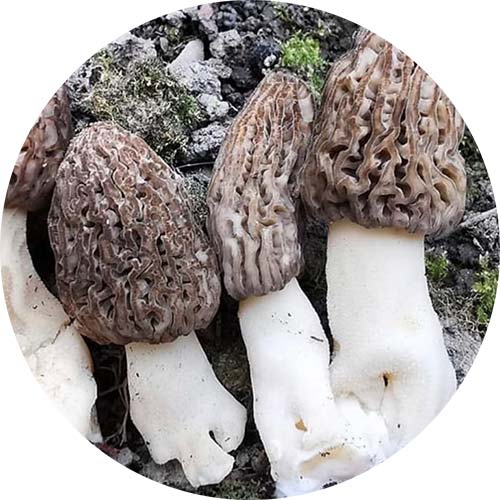
Scientific name: Morchella spp
A very sought after and popular foraging favourite. Many search for this mushroom each year and when found it’s one of the (in our opinion) most delicious mushrooms within the UK. Not particularly common but a true treasure when found.
You are most likely to spot these mushrooms hiding in woodlands from March through to June
Must be cooked before consumption!
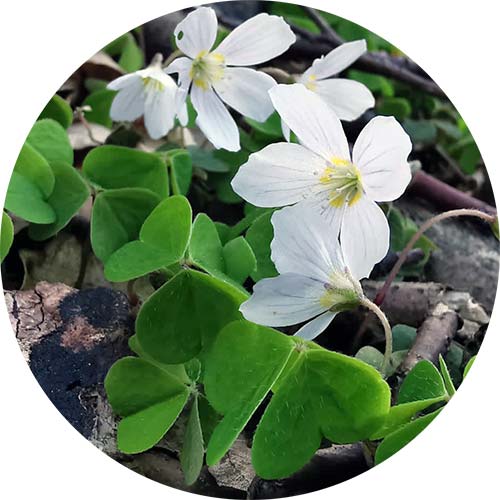
Scientific name: Oxalis acetosella
This plant is often referred to by its common names as; Wood Sorrel, Fairy Bells, Wood Sour, Cuckoo’s Meat
A refreshing snack while out foraging. Wood Sorrel have distinctive three heart- shaped leaves, with delicate green or red stems and small 5 petal, white flowers. The stems & leaves have a sharp & sour taste thats very thirst quenching. The flowers are similar but sweeter to taste.
You can forage for these tasty treats all year round on woodland floors and hedgerows. Damp and shady, undisturbed places help this plant to thrive.
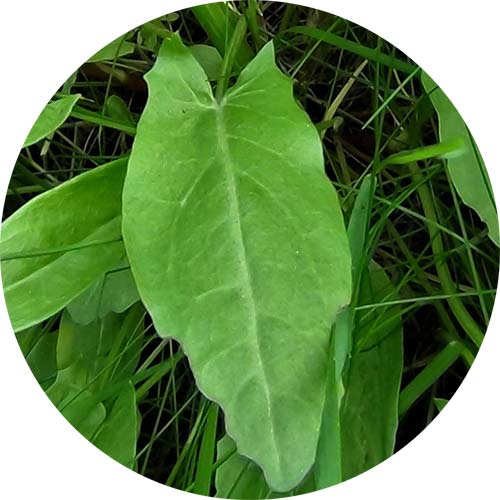
Scientific name: Rumex acetosa
The name ‘common’ really does describe this plant. It’s often found in abundance in any grass type environment. Common sorrel has a sharp and citrus taste to it, described by many as like an apple peel.
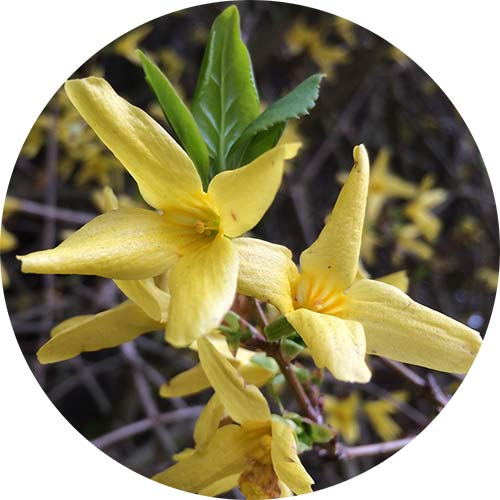
Scientific name: Forsythia x intermedia
Yellow tubular flowers, with four petals that only join at the base. The flowers appear on the branches before the leaves.
We use the flowers in salads. Found in gardens, parks and hedges (it’s a gardening plant)
Happy foraging everyone!
If you’d like to know a little more about our finds please head over to our sister site, Wild Food UK to see their very helpful mushroom and hedgerow guides
*please note that photos vary to every hedgerow*.
Please let us know if you need any assistance or information and remember to stay safe and never eat anything unless you’re 100% sure it is safe to do so.
If you’d like to know a little more about our finds please head over to our sister site, Wild Food UK to see their very helpful mushroom and hedgerow guides
Don’t forget to follow us on our social media pages
Instagram @foragingshop @wildfooduk
